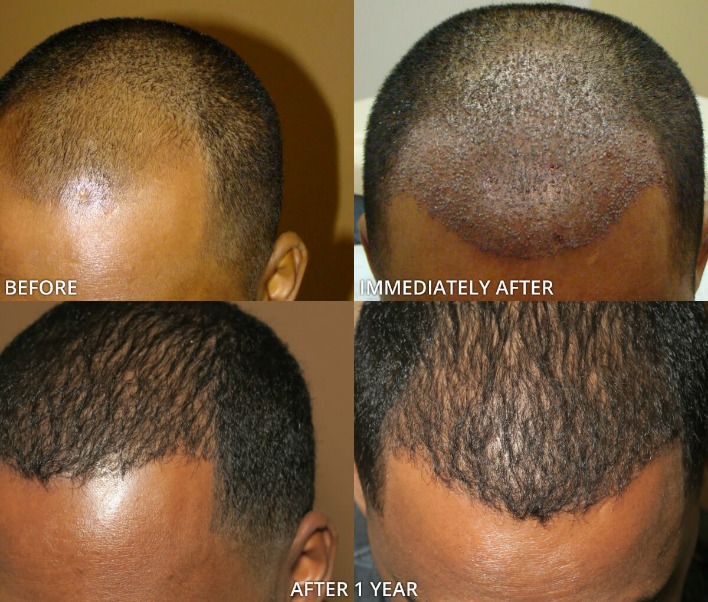The Hidden Perils of Neglected Drains in Toronto Homes
Toronto’s aging infrastructure combined with harsh seasonal shifts creates a perfect storm for residential drain failures. When kitchen sinks drain sluggishly or basement floor drains overflow during heavy rainfall, these aren’t mere inconveniences—they’re early warnings of systemic issues. Hair, grease, soap scum, and mineral deposits accumulate relentlessly in bathroom and kitchen pipes. In older Toronto neighborhoods like The Annex or Cabbagetown, century-old clay pipes are particularly vulnerable to tree root intrusion, where thirsty roots exploit microscopic cracks in search of moisture. These roots expand over time, creating dense blockages that trap debris and cause complete flow stoppages.
Ignoring slow drains inevitably leads to sewage backups—a hazardous scenario where contaminated water reverses flow into showers, toilets, and sinks. Beyond the immediate health risks from exposure to pathogens, chronic moisture from leaks promotes toxic mold growth behind walls and under floors. Homeowners in areas with high water tables, such as near the Don River valley, face amplified risks where saturated ground increases hydrostatic pressure on pipes. During Toronto’s notorious freeze-thaw cycles, trapped water expands within compromised pipes, causing cracks or joint separations that escalate into catastrophic collapses requiring extensive excavation. Proactive drain cleaning intercepts these disasters before they compromise your home’s structural integrity and indoor air quality.
Many property owners mistakenly believe store-bought chemical cleaners offer solutions. These caustic formulations provide temporary relief at best while corroding metal pipes and degrading PVC joints over time. Worse, they fail against deep obstructions like collapsed pipe sections or solidified grease mounds common in Toronto’s Victorian-era homes. When multiple fixtures drain slowly simultaneously—like a basement laundry sink backing up when you flush a toilet—it signals a main line blockage requiring professional intervention. Waiting for standing water to disappear on its own risks thousands in emergency repairs versus the minimal cost of scheduled maintenance. Recognizing these red flags early transforms potential emergencies into manageable service calls.
Cutting-Edge Solutions for Toronto’s Drain and Plumbing Challenges
Modern drain service providers leverage technology that eliminates guesswork and unnecessary property damage. High-resolution drain cameras mounted on flexible fiber-optic cables pinpoint blockage locations and causes with surgical precision. Technicians navigate pipes as small as 1.5 inches, transmitting real-time video to identify cracks, offsets, root masses, or collapsed sections. This diagnostic step is non-invasive—access points are typically existing cleanouts or vent stacks—and provides documented proof of pipe conditions before any work begins. Thermal imaging scanners further detect hidden leaks behind walls by mapping temperature differentials caused by escaping moisture, preventing unnecessary drywall demolition.
Hydro-jetting represents a quantum leap beyond traditional snaking. This EPA-endorsed method propels water at pressures exceeding 4,000 PSI through specialized nozzles that scour pipe walls clean of grease, sludge, and mineral scale. Unlike mechanical augers that merely punch holes through blockages, hydro-jetting restores pipes to near-original flow capacity by removing all debris throughout the entire pipe diameter. For stubborn tree root invasions, rotating cutter heads sever roots while the water flow flushes fragments away. Toronto’s leading companies use heated water jets in winter months to melt fatbergs—solidified grease formations common in colder months—preventing recurrent clogs. When structural damage exists, trenchless pipe lining creates seamless “pipe-within-a-pipe” repairs without landscape destruction.
Choosing a provider with 24/7 emergency response is critical in a city like Toronto, where sudden cold snaps can freeze compromised pipes overnight. Reputable companies offer upfront pricing with detailed scopes of work, avoiding the bait-and-switch tactics plaguing the industry. Look for technicians certified by the Ontario College of Trades and insured for at least $2 million in liability coverage. For comprehensive drain service Toronto residents trust, verify that companies include post-service camera inspections to confirm clearance and identify developing issues. Preventative maintenance programs tailored to Toronto’s climate—like pre-winter hydro-jetting or post-storm catch basin cleaning—proactively shield properties from the region’s unique drainage threats.
Toronto Drain Disasters: Real Cases That Redefined Prevention
A high-rise condominium near Yonge and Bloor experienced recurring sewage overflows affecting 12 units simultaneously. Initial attempts using conventional snaking provided temporary relief until backups returned with greater severity. Camera inspection revealed a collapsed 6-inch cast iron stack buried within the parking garage foundation. Traditional repair methods would have required demolishing concrete slabs at enormous cost and disruption. Instead, technicians deployed cured-in-place pipe (CIPP) lining—inserting an epoxy-saturated felt tube into the damaged section and inflating it to form a rigid, jointless replacement pipe. The building avoided $85,000 in structural repairs and restored full drainage within 48 hours through trenchless technology.
In Rosedale, a historic estate’s landscaped gardens flooded whenever heavy rains coincided with laundry cycles. Surface drains appeared clear, but dye testing traced the problem to a fractured terracotta pipe buried 8 feet below a prized oak tree. Excavation would have destroyed the tree’s root system. Solution: directional hydro-excavation. Pressurized water safely exposed the pipe while vacuum trucks removed soil, creating a precise access tunnel. The damaged section was replaced with corrosion-resistant PVC without harming the tree’s critical roots. This case highlights why Toronto drain and plumbing specialists must balance technical skill with environmental sensitivity in heritage properties.
Restaurants face unique drain challenges, as evidenced by a King West eatery fined repeatedly for grease-related sewer violations. Kitchen drains backed up nightly despite monthly snaking. Hydro-jetting revealed a 40-foot-long solidified grease plug in the main line connecting to the municipal sewer. Crews deployed industrial-grade hot water jets emulsifying 300 pounds of congealed fats and food solids—a mass that snaking couldn’t fragment. The establishment now uses automated grease interceptors and quarterly professional drain cleaning Toronto services to comply with Toronto Public Health regulations. These cases prove that standardized approaches fail against complex blockages; successful resolution demands customized strategies based on precise diagnostics.





